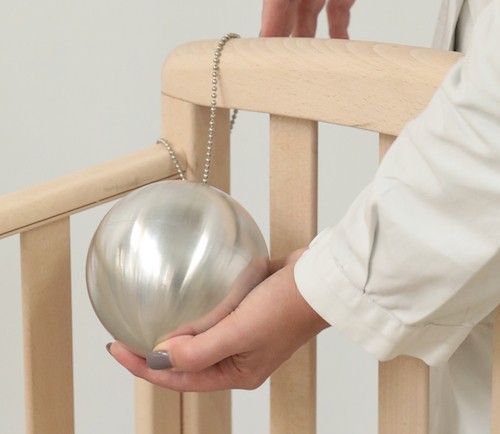
Arianna Visintin, Serena Petaccia
Products placed on the market shall be safe.Producers shall provide consumers with the relevant information to enable them to assess the risks associated with the use of the product.These are the main general safety obligations established by Directive 2001/95 / EC (GPSD - General Product Safety Directive) on general product safety, which also applies to furniture products.
In the children's furniture sector, the supervision of these obligations requires even more attention given that the end users - the children - are in facy particularly vulnerable person.
This is why the regulatory framework for children's furniture sector is particularly rich and articulated as far as each related standard. We would almost say it could represent a reference model on how to approach the evaluation and verification of products safety.
Provide the consumer with the relevant information.The latest revisions of the standards for the children's furniture sector are drafted based on a detailed risk analysis structure. For each area of risk, its requirement is available. Here are some of the risks assessed in the EN 17191 standard "Seating for children": risk of finger trapping, risk caused by the folding of the chair, isk of strangulation, crushing, … up to risk deriving from glass.
The standards referring to these products typically deal with “all subject” in the same single document: physical-mechanical properties (and mechanical risks), chemical risks, thermal and flammability properties, microbiological risks, hygiene,….
up to the specific warnings for the article which have the precise function of drawing the attention of the users looking after the child to the potential dangers associated with the use of the product. Each single technical standard that applies to furniture intended for children contains a wide section relating to the instructions for use, marking and information for the purchase. Contrary to other intended uses (such as office seating, domestic or non-domestic seating), in the case of children’s furniture the information that should accompanies the product is many and of fundamental importance. Unfortunately, this does not always happen. Let’s look at these info in more detail:
- Instructions for use: detailed information on how to use the product, how to adjust it and how to clean it; usually supplied in the form of a booklet inside the package with the product. For more details, open here.
- Marking: brief information present in the form of a label affixed directly to the product.
- Purchase information: brief information visible to the customer when choosing the product at the shop, in the form of cardboard visible under the transparent packaging or on the box containing the product, or brief information on the website for those products sold online.
This sector has already gone even further.Children's furniture is one of the few furniture sectors that has available
harmonized standards within the scope of the Directive on general product safety (GPSD), that are standards whose conformity gives presumption of conformity with general safety obligations ruled by the Directive.
The example is the EN 16890 standard, relating to safety requirements and test methods for mattresses for cots and cribs (for info:
https://catas.com/en-GB/news/materassi-per-bambini).
For other products for which the harmonized standard is not yet available, the compliance of a product with the general safety obligation of the directive can assessed on the basis of the relevant (non-mandatory) technical standards. This the GPSD Directive prescribes.
Therefore, for this sector in particular, compliance with
product safety and consumer information obligations is reflected in "compliance with the relevant technical standard",
as a whole: from laboratory tests up to visual /document assessments about the presence and the contents of the required information (instructions for use, marking, information for purchasing).
Why do we talk about it.We have recently received several contacts, requests for tests and for information relating to these kind of products (children’s mattresses, cots, cribs, high chairs) and from different side:
- From the consumer side. A father looking for the "correct" mattress to place on his newborn child's crib asked "What dimensions should I check in the purchasing process?"The answer is in the instruction for use, but not provided.
- From the market surveillance side. The body in charge of sampling and random checks from the points of sale (such as in Italy, the Chambers of Commerce) asked to verifiy the compliance with the safety requirements. The answer is in the technical standard.
For years we have been taking part at the international standardization working group for this sector (TC 207 WG 2) and we believe it is essential to always maintain a high focus on safety and on the information that must constantly accompany these products.
For all this, the technical standards become not only instruments of verification in the laboratory but also of knowledge, information and conformity declaration, which is now essential.
For information:Arianna Visintin
+ 39 0432 747233
visintin@catas.com

